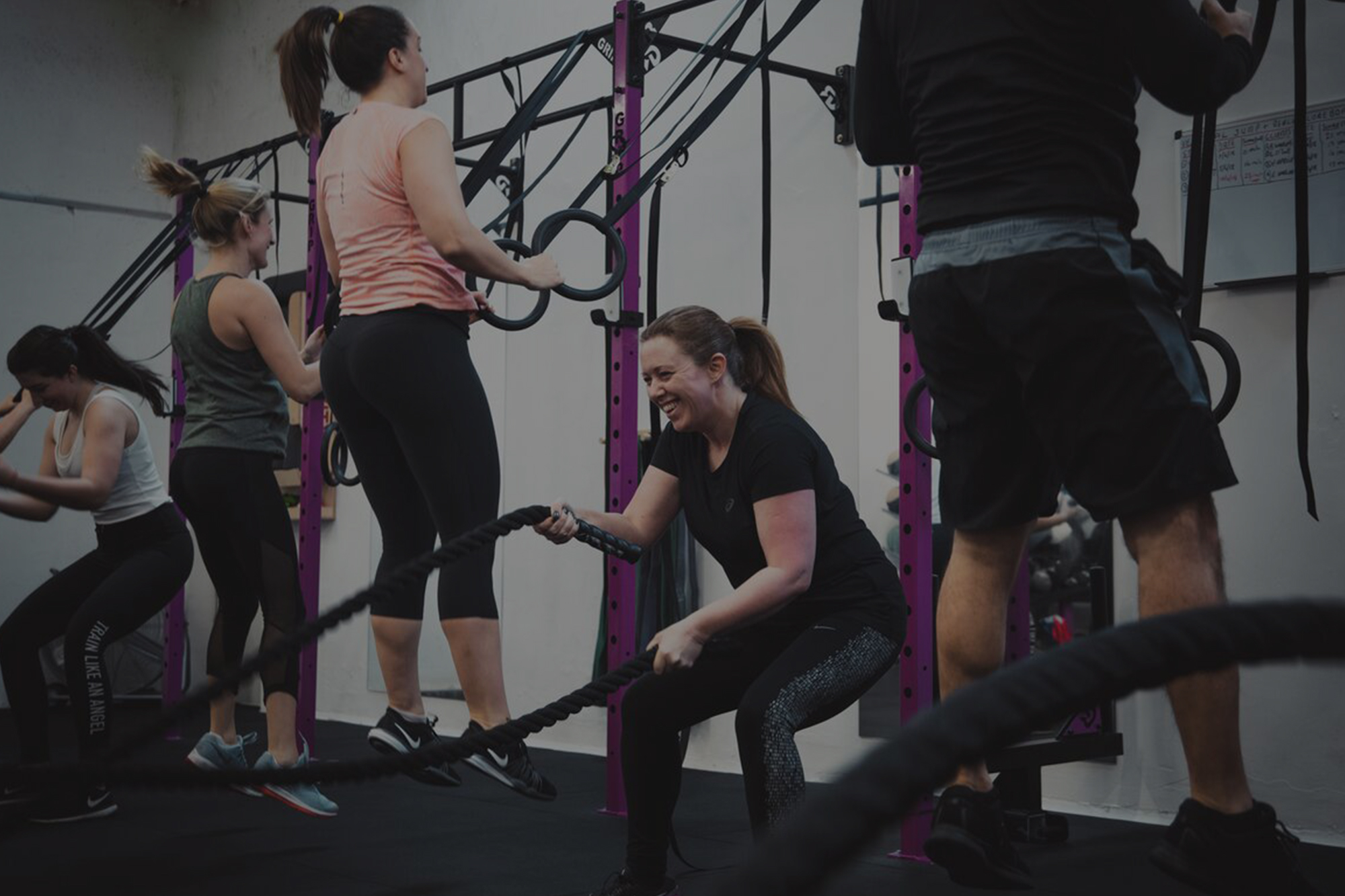Discomfort Sitting At Work
When you’re working long hours using a computer, it can lead to discomfort and pain. This article will focus on ways to reduce your risk of discomfort and how you can treat it. Firstly, here are some important points for desk set up and body position:

- The desk: ensure your desk is big enough to accommodate all your equipment including your computer, files and whatever else you need.
- The chair: your chair should support your lower back so that when you’re working you can sit right back into it. You want to feel the chair against your lower back, this will ensure you’re not resting with your lower back excessively rounded. Preferably have a solid base; wheels can lead to needless adjusting and movement.
- Computer: if you’re using a laptop remember they’re not designed for prolonged use. If you need to use your laptop for longer periods invest in a laptop stand, external key board and mouse.
- Head position: your screen should be right in front of you; you should not be looking up or down or rotating your neck or torso. Chair height might need to be adjusted.
- Arm position: your elbows should be at a right angle when you’re typing allowing you to relax your shoulders. The keyboard and mouse should be in front of the screen, beside each other and keep your arms supported when using the mouse.
- Knee position: also at a right angle of 90 degrees
- Feet position: both feet planted flat on the ground
A key way to ensure your giving yourself every chance of not developing posture related pain is to move more. Ensure you take small breaks, standing and just stretching your back as often as you can will over time help to reduce discomfort. Try popping a reminder on your desktop to prompt you to move and stretch at least every 40-45 minutes. You don’t want to be sitting for more than 45 minutes so taking regular short breaks will give your eyes and head a rest.
When treating people for the above, I firstly check their desk position and enquire whether they are taking breaks as outlined above. Most people have rounded shoulders, so here I would look to stretch out the chest, lower back and hips. While this offers relief in the short term the main goal is to try and strengthen the muscles that are the weakest. With this rounded posture, it results in our muscles at the front of the body becoming tight with the result that the muscles at the back of our body become stretched out and weak, it is important to address both issues. To strengthen these muscles I prescribe a variation of exercises which work the back of the body, progressing from simple exercises that can be done at home to more advanced exercises using equipment found in the gym. Physiotherapy can help relieve the pain and set up the course of treatment, and the mobility, stability and strength work prescribed in Gravity Fitness team training and semi-private group classes can increase your chances of pain relief which also helps reduce this rounded posture and improve your overall health and well-being.
Nicholas Lalor Chartered Physiotherapist
www.HQphysio.com Call: +353-(0) 87-91700-80
Master of Physiotherapy {SPORTS} The University of Queensland, Brisbane
Certificate In Orthopaedic Manual Therapy Curtin University Perth, WA
BSc Hons Physiotherapy St.George’s University of London




